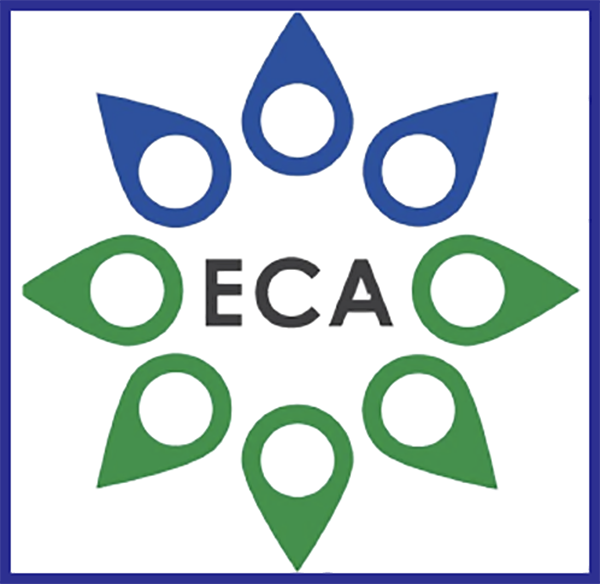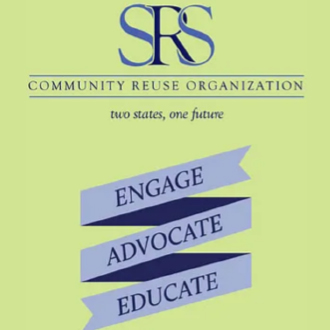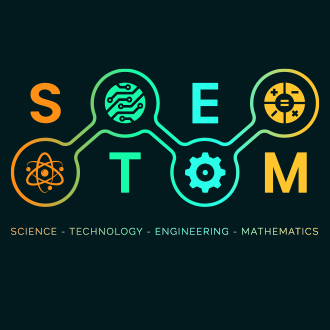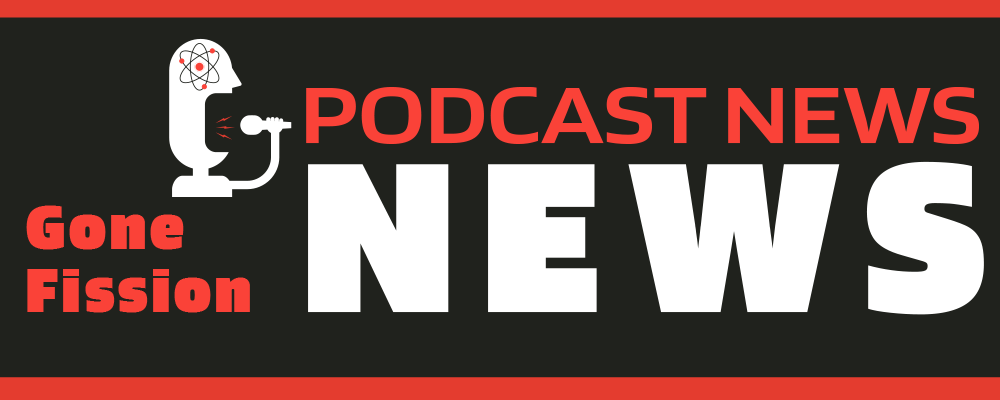Energy Communities Alliance • February 3, 2022 |
Reeling In Listeners: ‘Gone Fission’ Podcast Highlights DOE Complex Developments
“Are you interested in the latest news about environmental cleanup at the Department of Energy’s nuclear facilities?
The GONE FISSION Nuclear Report is for you!”
The new season this cleverly-named podcast ‘reels’ in listeners hoping to learn more about developments across the Department of Energy (DOE) complex. The series also provides commentary and insights to help listeners gain a better understanding of the impact of developments discussed in each episode.
‘Gone Fission’ is hosted by Michael Butler and was created to take advantage of one of the newest innovations in media to communicate the impressive accomplishments of the Department’s Environmental Management (EM) program.
“Some of the nation’s best companies are employing thousands of experienced, highly skilled workers to clean up aging, deteriorating, and contaminated facilities that served us well in ensuring America’s national security for decades,” Butler said. “The story of their work needs to be told, and that is the goal of the Gone Fission Nuclear Report.”
 Recent guests on the second season of the show include Seth Kirshenberg, Executive Director of the Energy Communities Alliance (ECA); Rick McLeod, President & CEO of the Savannah River Site Community Reuse Organization (SRSCRO); and Kristen Ellis, Acting Director of Regulatory, Intergovernmental and Stakeholder Engagement for EM.
Recent guests on the second season of the show include Seth Kirshenberg, Executive Director of the Energy Communities Alliance (ECA); Rick McLeod, President & CEO of the Savannah River Site Community Reuse Organization (SRSCRO); and Kristen Ellis, Acting Director of Regulatory, Intergovernmental and Stakeholder Engagement for EM.
Kirshenberg served as the spotlight interviewee for the latest episode of ‘Gone Fission,’ highlighting ECA’s engagement with DOE and current priority issues.
“We want to see some of the sites continue to provide communities with land for redevelopment,” he said. “There’s a lot of opportunities [at the sites] for new nuclear development, new nuclear energy development, and other types of energy development. These sites can be very valuable for these sorts of things.”
Kirshenberg went on to say, “Integrating the cleanup program with reuse is such a smart idea. It has happened at a lot of sites successfully, and there is a lot more opportunity for that.”
 McLeod’s episode featured discussion on SRSCRO, where the Board of Directors and he advocate for new missions for DOE’s Savannah River Site (SRS) and serve as a unified voice for a two-state, five-county region around SRS while supporting cleanup of the former plutonium production site.
McLeod’s episode featured discussion on SRSCRO, where the Board of Directors and he advocate for new missions for DOE’s Savannah River Site (SRS) and serve as a unified voice for a two-state, five-county region around SRS while supporting cleanup of the former plutonium production site.
“[SRSCRO] was tasked initially…to loan money and grant money to some folks locally to start up new industries and to work with the local economy,” he said. “I think our focus today is somewhat similar, in that we are continually focused on economic development, whether that is new missions at SRS or industries coming into the area to help the local economic developers and any needs they may have.”
McLeod also discussed how SRSCRO’s mission has evolved since its inception.
“We have gotten more heavily into workforce endeavors that we’re doing locally with the university partners that we have,” he said. “The core mission is roughly the same, with some tweaks here and there.”
Butler highlighted the important roles played by the organizations covered in the podcast’s most recent episodes.
“Organizations like ECA and [SRSCRO] are playing integral roles in developing the future workforce and ensuring that the government’s environmental management program takes into account the issues and concerns of local communities around DOE sites,” he said. “We think it is important to highlight their contributions as well.”
 In her episode, Ellis discussed DOE’s STEM programs and what her office is doing to help ensure an adequate environmental cleanup workforce for the future.
In her episode, Ellis discussed DOE’s STEM programs and what her office is doing to help ensure an adequate environmental cleanup workforce for the future.
“I recognize that we have a lot of challenges ahead with workforce, retirement, and institutional knowledge in the nuclear industry,” she said. “It’s very easy to get overwhelmed, but I think there is reason to be very optimistic, too. This is a very compelling mission that a lot of people get personal fulfilment in working on, in making a difference, and in cleaning up the environment.”
Ellis went on to say that EM is continuing to make great progress in cleanup and reducing their footprint, and that the future of the office is bright.
“I know that for future generations, it’s a great place to work and a great place to tackle some of the greatest challenges in engineering and technology,” she said. “What’s more fulfilling than that?”
All episodes of ‘Gone Fission Nuclear Report’ may be found at www.gonefissionnuclear.com/podcasts

